The First Taste
I stopped eating refined sugar because it gives me migraines and I get fat. I started researching why I have such a negative reaction and discovered the dark history of sugar. This article is written to set up another article I will be writing about that deals with the addictive nature of sugar and how it affects our body and mind.
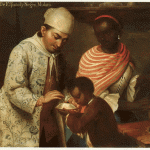
Sugar And Slavery
Growing sugar now as in the past takes a lot of energy. When Arabs discovered sugar in the Seventh century, they used imported slaves from East Africa and Europe, transforming the areas they conquered through agriculturally methods unknown to the natives.
By the fifteenth century, Portugal and Spain sent ships further south along the African coast, selling and trading slaves. The native people were captured and enslaved for use on sugar plantations from Madera, the Azores, the Cape Verde Islands, Sao tome, Principe and Annobon, and the Canary Islands.
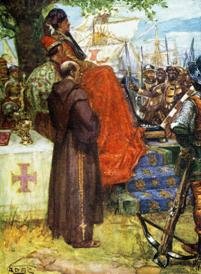
Columbus introduced sugarcane from the Canary Islands to the Americas along with the Western Worlds infectious diseases and colonization methods. His second voyage in 1493 brought plantings and expert farmers to plant the fields of Hispaniola, which as we know the land now, Haiti and the Dominican Republic. It is said the sugarcane started growing within seven days. However the farmers and the Amerindian slaves used for labor died. Working conditions were extreme in the cane fields. The heat, poor diet, long and arduous work hours set up conditions for newly introduced European infectious disease to wreck havoc on traumatized underfed natives.
Ten years later the Canary Island sugarcane was reintroduced to Hispaniola through a different method. Anyone who could build a sugar mill would be given 500 pieces of eight in gold given as a loan. It only took ten years to produce loaves of sugar for Spain, by 1525 the trade became so profitable that sugar was shipped with pearls and other precious cargo under guard by the Spanish Emperors Convoys.
Brazil was colonized because of sugar. Pinzon, Columbus’s pilot brought sugar to Brazil in 1499 along with Portuguese colonists developed the New Worlds sugar industry. Sugar was refined and sent back to Portugal by 1526, making sugar the first agricultural product to be commercialized. By the end of the sixteenth century sugar mills spread throughout the land and Brazil was shipping over ten thousand, maybe tens of thousands of pounds of sugar to Europe each year.
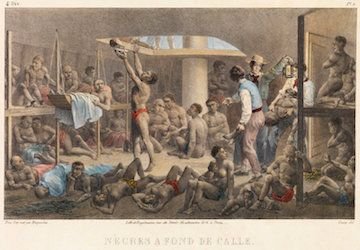
The Spanish conquistadors brought sugar to Mexico by the early sixteenth century. Sugar mills spread here as well along with colonization and slavery. The Aztec Empire was brought down by war, European disease, and sugar plantation slavery. Gonzalo Fernandez de Oviedo published his history conquering Mexico he speculated that Mexico’s budding sugar production could supply all of Christendom. Along with sugar a trade was developed from native foods and drinks, like cocoa. The natives made a drink from cocoa and spicy chilis. The Europeans preferred sugar mixed with cocoa and became addicted to sweet chocolate. However, only the rich could afford sugar or chocolate.
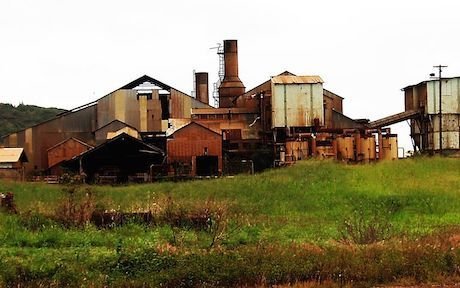
The cultivation of sugar and the milling process was labor and energy intensive. Slaves were needed for the fields and the mills. However, forced labor and diseases brought from Africa and Europe killed off the native population that had been forced into slavery. This is when African slaves, European criminals and indentured were introduced to the New World to work the Sugarcane fields and Mills. African slaves were very expensive and hardier when compared to the cheap labor of native populations and European indentured servants and criminals.
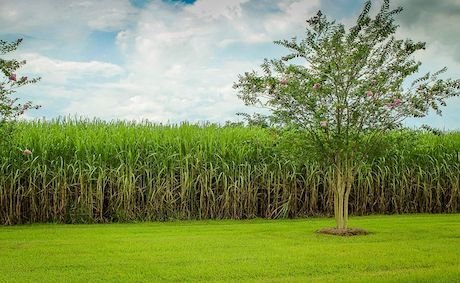
The French and British began colonizing the Caribbean in the seventeenth century finding the sugar business lucrative, however the plantations were labor intensive. They found a large population of poor people in Europe who were willing to work or forced to work and wold contract their services for 1 to five years to pay off debts, avoid prison, or pay for a trip to the Colonies. If one was caught stealing a loaf of bread or was caught in any minor infraction they were shipped off to the sugarcane plantations. Millions of poor Europeans, Indigenous people of the America’s and African people died working the cane fields. Poor food, backbreaking labor and infectious diseases killed millions of people enslaved for the production of sugar. Indentured servants had a contract with a plantation owner. They were said to have more freedom than a slave but that depended on the honesty of those who held their contract. Most plantation owners didn’t honor their contracts. Often the Indentured servant died before their contract was up saving the plantation owner money and or land. Many times the indentured servants were forced to keep on working because of debts or threats of death.
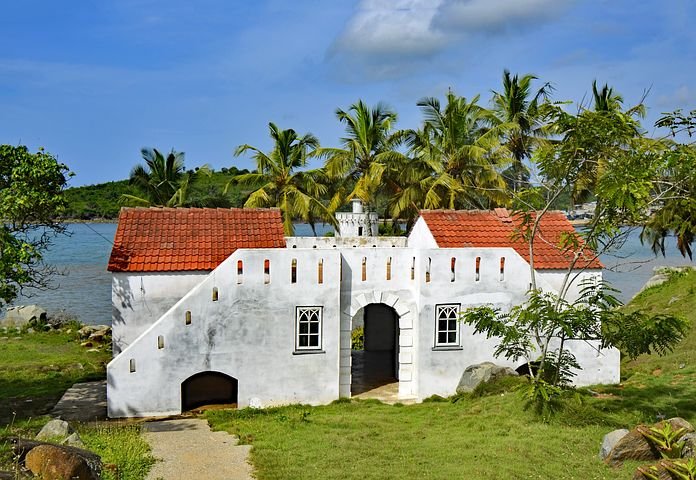
Jamestown Virginia in1607 tried growing sugar, however the climate was too harsh for sugarcane, which needs year round tropical conditions to grow. The British were able to grow sugar in Barbados in the 1640s and later in Jamaica. However, the British needed help from the Dutch who had become experts and growing and refining sugarcane. The number of slaves on Barbados and later Jamaica went from a few thousand to near 46 thousand by 1683. By the 1830s British Christian emancipationist put an end to the slave trade. The slave trade continued shipping their cargo to the New World and it is thought that nearly two-thirds died growing and refining sugar. The plantation slaves were a mix of African slaves, indentured Europeans, native Americans and criminals from throughout the European colonies.
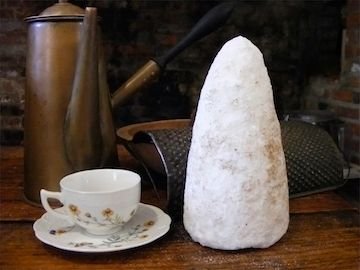
The Sugar Industry of the seventeenth through the nineteenth century was like our oil industry today. The power and wealth made from sugar created vast wealth and political power. Wars were fought, fortunes were made and lost over sugar. White gold was a fifth of all British imports, five times more profitable than tobacco. The taxes gathered by the British and American governments were enormous and both governments became sugar addicts. It was easy to tax sugar plantations which were isolated tropical colonies that could be controlled. The demand for sugar was endless and growing, which helped America’s new government grow in strength after the Revolution.
The Caribbean Islands grew only sugarcane because it had become so profitable. While the American colonies provided Europe with food and hemp for rope and cloth production. Growing Hemp was legal and productive! This is the reason why the British West India Company back in the 1660s tried to take New Amsterdam, now New York from the Dutch because they needed a port on Americas mainland to trade sugar and molasses for slaves and food. The Dutch made a bargain with the British for New York in exchange for the Dutch Guiana, now called Suriname, which was used for growing huge amounts of sugarcane.
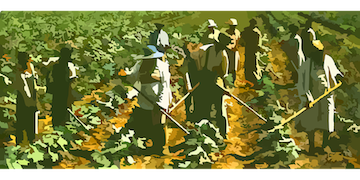
Around the 1790s America finally started growing sugarcane in Louisiana, the sugar refineries were up and running processing molasses from the Caribbean into refined sugar. Sugar mills were popping up all over the Northwest coast and by 1810 over 33 refineries were operating, by 1860 New York had 18 of its own.
When we look at the wealthy families of New York they began as sugar refiners, confectioners, and the middleman in the slave trade which also transported sugar and molasses and rum to Africa. On the way back they would bring slaves, foodstuffs back to the Caribbean Plantation owners. The Caribbean plantation owners only produced sugar they need the basic necessities from the New World to survive.
One of the reasons America rebelled against the Britain was because of taxes on molasses. However, rebellion isn’t bred on just one thing, all natural human freedoms were being infringed upon by an overreaching greedy monarchy.
To Be Continued, I will be going into the addictive nature of sugar and how it causes mental and physical illness.
Caribbean Irish Indentured Servitude
Portuguese trading stations in West Africa and the slave trade
This essay explores the creation of an Atlantic economy based on sugar and slaves. It details the ways in which labor-intensive and lucrative sugar production led to a marked rise in the demand for slaves from Africa after the seventeenth century. In addition to focusing on the economic aspects of the sugar/slave system, this essay also examines the human experience of the slave trade, its effects on African communities, and the ways it was resisted. Pictures From Pixabay


 A link to My Blog
A link to My Blog